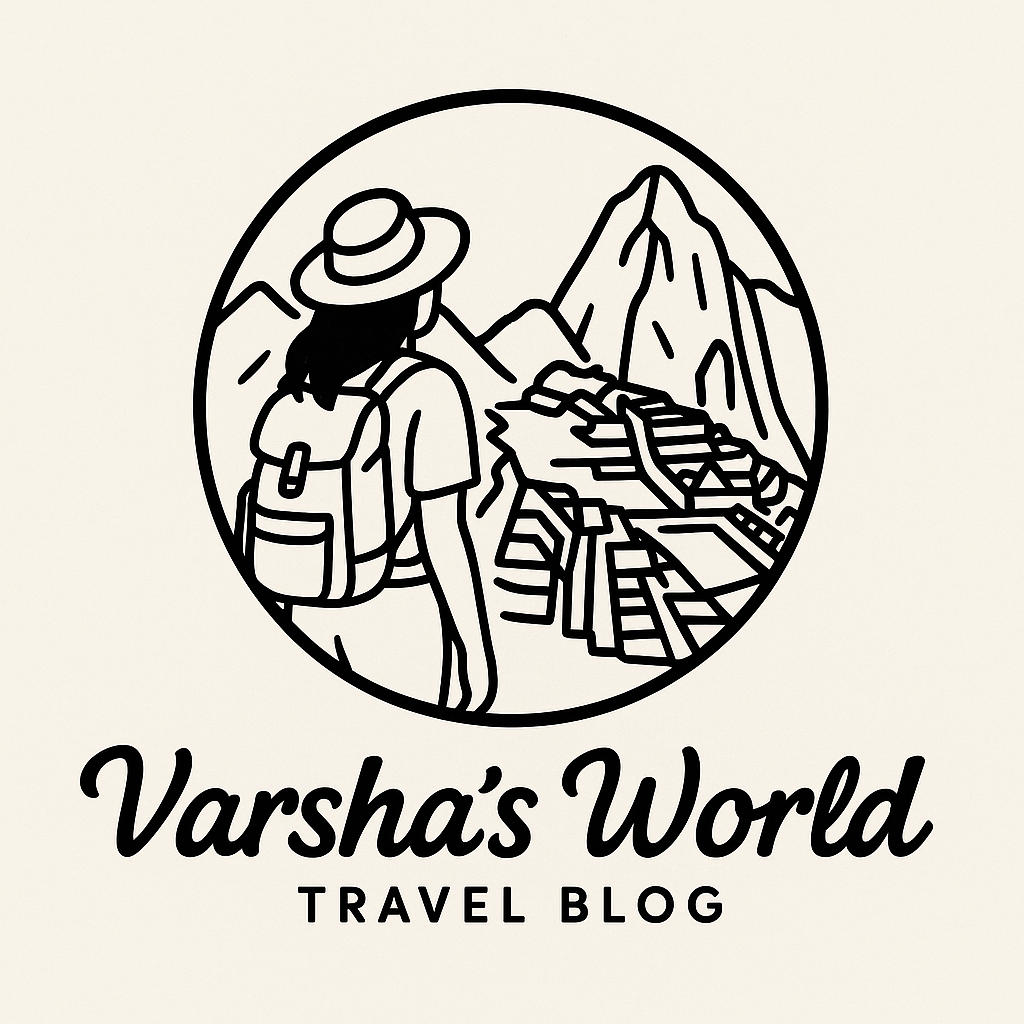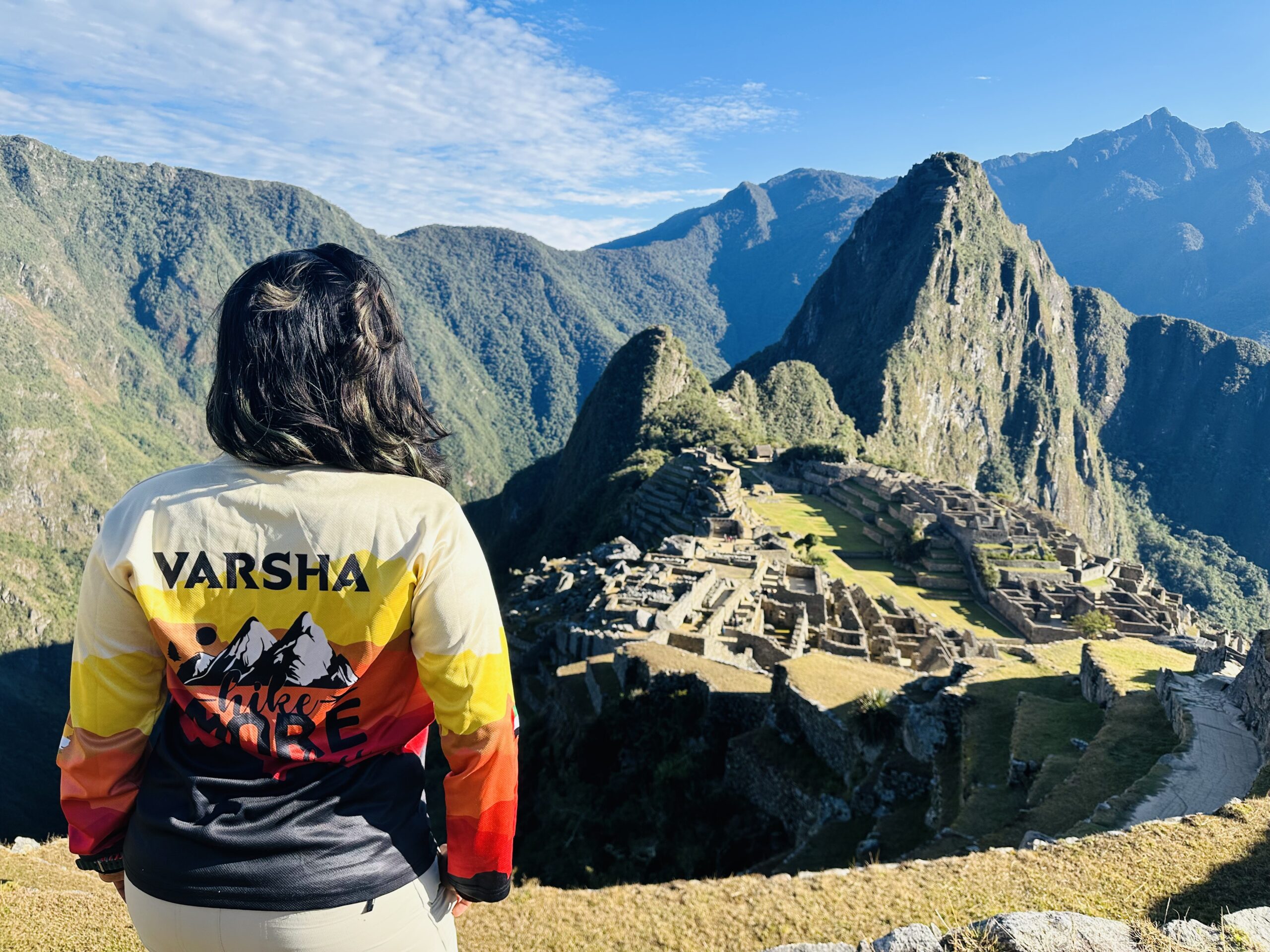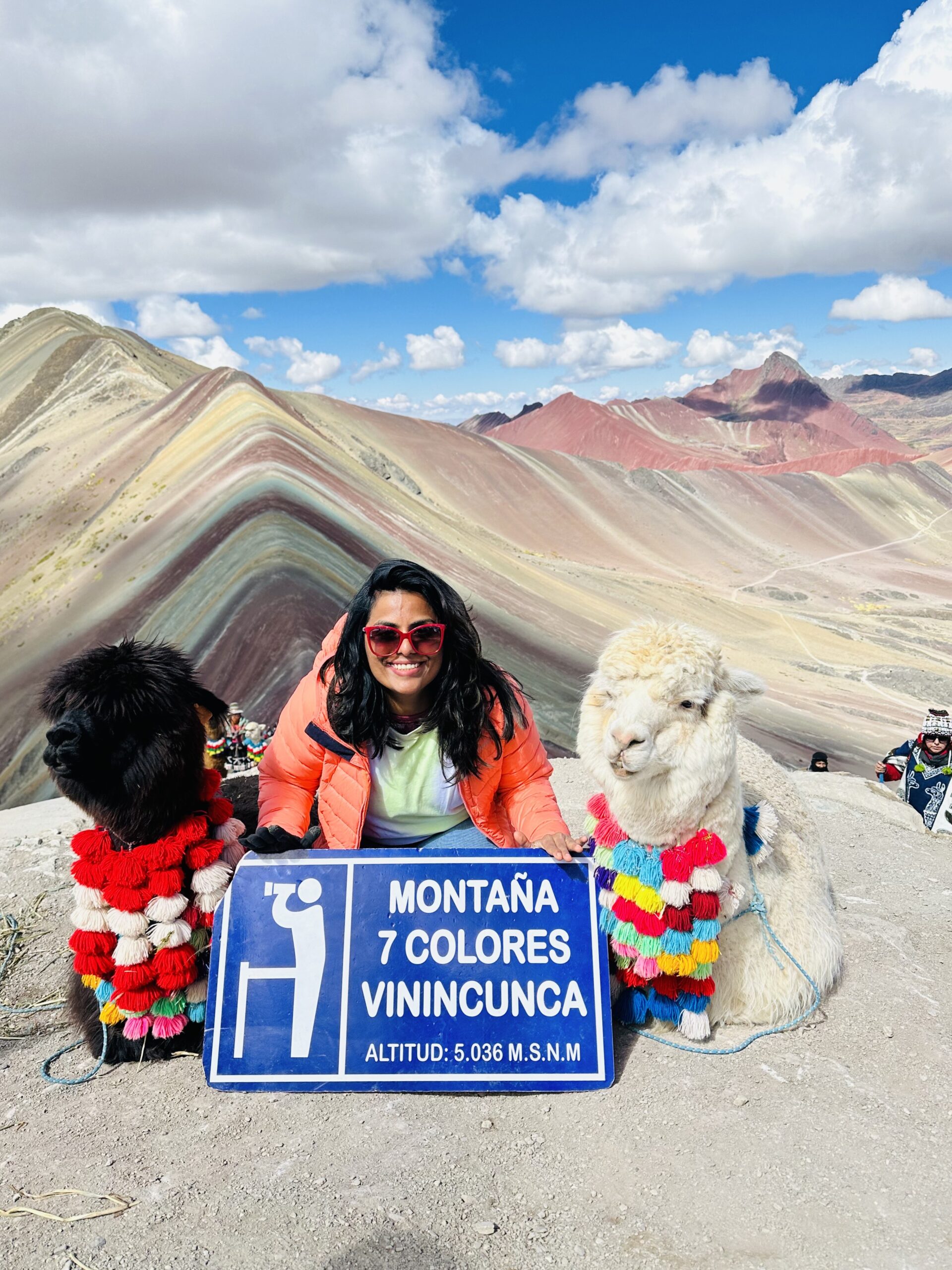On my first day in Cusco, before sunset, I ducked into the Museo de la Coca, the Coca Museum.. It was like a rabbit hole of history, chemistry, and colonial hypocrisy. The same leaves that the Incas used for spirituality were now banned in half the world, thanks to their unfortunate association with cocaine. I learned that chewing coca could stave off hunger, fatigue, and heartbreak. Okay, maybe not the last one—but you never know.
From the outside, it looks like a simple building, but step inside, and you’re transported into a universe where a humble leaf carries the weight of history, spirituality, colonization, chemistry, and controversy.
The museum — a private cultural institution born from a university thesis inspired by family heritage — opens its doors to share over 12 years of research and reverence for the sacred leaf of the Andes: the coca leaf.
This isn’t your average museum. It’s part herbal classroom, part anthropology lesson, part cautionary tale — and entirely fascinating.
It’s important to understand that coca leaves and cocaine are not the same — though they share a root, their paths diverge dramatically. The coca leaf, sacred to Andean cultures for thousands of years, is a mild stimulant rich in nutrients, traditionally chewed or brewed as tea to combat fatigue, hunger, and altitude sickness. It’s deeply embedded in spiritual rituals and daily life. Cocaine, on the other hand, is a highly concentrated, chemically extracted substance, created through industrial processing involving toxic solvents. While coca nourishes and uplifts in moderation, cocaine isolates one compound and turns it into an addictive, dangerous drug. Demonizing the leaf because of the drug is like blaming grapes for alcoholism. Understanding this difference is crucial — not just for accuracy, but for honoring the cultural dignity of the people who’ve used coca respectfully for millennia.
A Leaf Older Than Empire
The coca leaf is no ordinary leaf. The Incas called it sacred. They chewed it for energy, brewed it for tea, and offered it to the gods. The act of chewing coca, known as picchado, is depicted in ancient ceramics — swollen left cheeks hinting at a silent ritual of endurance, spirituality, and survival in the high altitudes. The museum showcases these ceramics, along with textiles, ancient tools, and vivid murals.
One section is dedicated to llipta, an alkaline substance traditionally mixed with coca to release its stimulant properties — a kind of Andean lime. Next to it, a row of colorful chuspas (Andean coca pouches) reminds us of the chasquis — the swift-footed Inca messengers who carried messages across the empire with nothing but coca leaves and grit.
Ekeko: The Chubby God of Wishes
In one dimly lit corner of the Coca Museum, just when I thought I’d seen every leaf-etched vase and every skull possibly connected to ancient Andean trepanation rituals, I came face-to-face with a chubby little man in a hoodie. He had a deep sun-kissed complexion, a thick moustache, and a tiny cigar poking confidently from his lips like he was about to drop some wisdom — or start a party.
That was my first encounter with Ekeko, the Andean god of abundance.
He wasn’t grand or intimidating. He looked more like someone’s mischievous uncle who always brings treats. But strapped to his body were dozens of miniature objects — sacks of grain, fruits, toy furniture, plastic roosters, fake currency, and what looked suspiciously like a blender. A cluttered chaos of hope and wishes, all bundled into one cheerful figure.
Ekeko comes from the traditions of the Aymara people in the highlands of Peru and Bolivia. He’s been worshipped since pre-Columbian times as a symbol of prosperity and fertility. The Spanish colonizers tried their best to erase these old gods — but Ekeko, clearly too plump to budge, stayed put in kitchens, markets, altars, and now, museums.
His magic lies in miniatures: you offer him tiny replicas of what you want in life. A ceramic house for a real one. A miniature car if you dream of mobility. And — this part tickled me — if you’re seeking love, you offer him a miniature rooster.
Naturally, I chuckled. In Kerala, we call overly flirtatious men “kozhi” — rooster. The global poultry conspiracy continues. The world is so big and yet so small.
There’s an old folk story from La Paz about Isidro, a poor indigenous man in love with a mestiza woman named Paulina. Forbidden from seeing her, he started leaving tiny offerings outside her door — food, charms, small tokens. Her fortunes changed for the better. Eventually, her family accepted Isidro. Some say he was Ekeko himself, walking in disguise, spreading abundance not with riches, but with persistence and love.In the chilly quiet of the Coca Museum, surrounded by artifacts of ancient rituals and leaf devotion, Ekeko felt like the warmest thing in the room — a reminder that even amid colonization and coca controversies, joy, humor, and hope had found a way to endure.
Shamans, Saints, and Syncretism
Another corner features the figure of an Andean shaman, arms raised mid-ritual. Shamans — revered as healers, seers, and climate whisperers — play an essential role in Andean communities. They use coca, herbs, roots, and prayers to heal both body and spirit, acting as bridges between the physical world and the sacred.
Next to him is a striking painting of the Virgin Mary, but not like you’ve ever seen her. She’s robed in white, draped with a green-and-red shawl adorned with gold patterns. In her hands, she holds three coca leaves — serene, sacred, syncretic. This is the Virgin of the Coca, a symbol of religious fusion where Catholicism and pre-Hispanic beliefs coexist.
Coca: The Leaf and The Line
But the museum doesn’t shy away from the dark legacy. In one room, a detailed exhibit shows the chemical steps of turning coca into cocaine — complete with jars, diagrams, and chilling stats. A haunting photo of Javier, who died at 26 from cocaine addiction, anchors this room. He’s the inspiration behind the museum itself, a reminder that while coca is sacred, its misuse is deadly.
Posters of famous cocaine casualties — Amy Winehouse, Freddy Mercury — add a pop culture punch. The museum’s aim is clear: educate, not glamorize.
The Healer and the Oracle
On one wall is a black panel of dried coca leaves labeled with ailments and fortunes — from “chest pain” and “pregnancy” to “good luck” and “risky decision.” This is coca reading, an ancestral Andean divination method. Shamans, in a trance-like state, read the shape, texture, and fall of the leaves to diagnose illness and predict the future. To some, superstition; to others, spiritual science.
Skulls, Surgery & the Sacred Leaf: A Museum Walk Among Ancestors
Tucked in a quiet room inside the Coca Museum, past jars of powdered coca and faded illustrations of Andean rituals, I came face-to-face with something far more visceral: skulls. Real ones. Some were shattered and pieced together like ancient puzzles. Others bore surgical precision, and one had a clean, round hole bored right through the top.
Trepanation — that’s what the placard said. I leaned in closer.
This wasn’t some gruesome display for shock value. It was medical history, thousands of years old. The Paracas culture, which flourished long before the Incas, practiced cranial surgery to treat head trauma from war or accidents — or to relieve everything from epilepsy and headaches to “evil spirits.” Imagine performing brain surgery without modern tools, hospitals, or sterile environments. And yet, the survival rate was remarkably high. How?
Coca leaves.
They crushed coca into plasters and used it as a local anesthetic and anti-inflammatory. It helped numb the pain, reduce swelling, and calm the patient. They didn’t just know where to cut — they knew how to heal. Instruments made from obsidian and bronze were used to delicately scrape away bone. Wounds were sealed with bandages, seashells, or even gold sheets, and evidence of bone regrowth showed that many patients lived long after their surgeries.
I stood in awe. What kind of anatomical understanding did they possess to attempt this, and do it well? It was one of those moments where you feel history isn’t behind you — it’s watching you back.
Then my eyes wandered to another skull — this one wasn’t broken or bored into. It was… long. Really long.
The plaque beside it explained the practice of skull deformation, something that felt straight out of an ancient sci-fi novel. The Paracas and Inca elites would bind a baby’s soft skull using wooden planks and leather bands, gently elongating the cranium over time. The process began in infancy, when the bones were still malleable.
But what fascinated me even more was the ritualistic aspect. Before the shaping began, the baby’s head was coated with a cream made of coca leaves and medicinal plants — to ease pain and soften the skin. Again, coca wasn’t just for chewing. It was a tool of medicine, ceremony, and even status.
Why the elongated heads? Theories vary. Some say it symbolized royalty or divine connection, others believe it marked intelligence or aesthetic beauty. It was never practiced on everyone — this was a rite for the elite, the chosen, the ones destined for something greater.
Standing there, I felt a strange reverence — not fear, but awe. These weren’t artifacts. They were ancestors. And coca, that humble green leaf, had touched every part of their lives — from birth rituals to brain surgery.
Products and Potions
Before leaving, I wandered through the store. Shelves were lined with coca everything — chocolates, beers, candies, teas, flours, shampoos, muscle rubs. You could even buy the leaves themselves (yes, legal in Peru). It was part science shop, part apothecary.
Coca is not cocaine. That’s the museum’s biggest message. In its natural form, coca is a gentle stimulant — like coffee, but kinder. It suppresses hunger, combats fatigue, and even helps with altitude sickness. But when industrialized, refined, and weaponized into cocaine, it becomes a global crisis.
The Coca Museum walks this tightrope well — balancing reverence with realism, celebration with caution. It doesn’t preach. It invites you to chew, ponder, and decide for yourself.
For me, the takeaway wasn’t just about a leaf. It was about stories — of gods, of grandmothers, of conquerors, chemists, and quiet rituals high up in the Andes. A place where science, belief, and myth blend in the most human of ways.
Back at the airbnb, I met a girl named Alina from Romania. She had glowing skin, a crystal necklace, and believed that Machu Picchu was built by aliens. “I felt their energy when I meditated near the Temple of the Moon,” she said with wide eyes.
I smiled politely and talked with her for some time. Then I returned to my room, curled up , wrapped in thick Andean blankets, and let the hum of Cusco lull me to sleep.
A City That Breathes Through Stones
That night, I dreamt of talking stones and jaguar masks. Cusco didn’t just feel old—it felt alive. Its streets remembered empires. Its mountains whispered stories. And its people—warm, weary, wise—carried history in their bones.
I had survived my first day. I had seen stones that told stories, drank tea that fought altitude, met humans (and llamas) that could easily be mythological characters—and I hadn’t passed out. Success!
Tomorrow, I’d explore more. But tonight, I was just a girl from India who had traveled halfway across the world to hear the mountains speak.
And maybe… just maybe… they were beginning to.


